[ad_1]
Disclaimer: I am not a medical doctor and nothing in this article should be taken as medical advice. Please talk to your doctor before using any of the herbs and/or remedies mentioned in this article.
Growing medicinal herbs in your home can help you create an all-natural apothecary that will be ready anytime you or your loved ones need healing, either topically or internally. Cultivating herbs indoors also allows you the opportunity to grow non-native plants with potential healing prowess, which otherwise would not survive in your region.
Once upon a time in America, most homes had windowsill herb gardens in the kitchen. As homesteading has gotten more popular across the United States, the old and simpler ways — such as growing your own medicinal herbs in the home — have garnered new fans.
Many of the herbs you can grow in your home for medicinal purposes are the same ones that are common in kitchen cook pots. Oregano, for example, not only tastes superb on homemade pizza but can also boost the immune systems of both you and your livestock.
1. Turmeric (curcuma longa)
Turmeric is a must-have in any herbal apothecary. Because you only need the root of this non-native plant to powder and be used as a medicinal herb, it can be grown without taking up any more space than a fern plant.
This herb is the only source of curcumin in the entire world. Curcumin may be a highly potent natural antibiotic, antioxidant, and antifungal compound. The dried rhizome (or root cuttings) can be taken as the turmeric plant grows. Once they are dried and powdered, the turmeric roots have an incredibly long shelf life.
Turmeric has been used as a natural base ingredient in Golden Milk recipes to treat the common cold and flu symptoms, arthritis, swollen muscles, and topically in poultices to help wounds heal and deter infection. It may also help enhance the lining of blood vessels thanks to the curcumin it contains and could even be an aid in the prevention of cardiac issues and Alzheimer’s Disease.
Turmeric Growing Tips:
- Just one root with “eyes” on it like potatoes can be used to cultivate multiple plants.
- Turmeric roots should be planted in soil that has been moistened just slightly but is not damp.
- Plant each turmeric root with an eye on it in a 2-gallon planter. If you have more space, go with a 5-gallon pot—the large the container the larger the root is likely to grow.
- Turmeric should be grown in a full sun spot and watered only every two days to keep the soil moist.
- It takes roughly 8 to 10 months for a turmeric root to mature.
Related Article: The Magic Of Turmeric – How To Grow It Properly
2. Lemon Balm (melissa officinalis)
This dainty looking and sweet-smelling herb is not only excellent to grow outside to urge pollinators to visit your garden, but inside as well for use as a healing herb. Lemon balm has been used to address gastrointestinal tract problems, as a sleep aid, for liver issues, and as a stomach ache or digestive aid.
Lemon Balm Growing Tips:
- Seeds should be placed about 8 inches apart.
- Plant lemon balm seeds one-fourth of an inch deep in well-draining potting soil and cover them lightly with dirt.
- Seeds should not be watered to the point the soil becomes damp but only moist to foster proper germination.
3. Basil (ocimum basilicum)
This healing herb can be used topically in a paste or poultice to help heal both minor burns and wounds. I also use basil in “herb balls” I make for our livestock to use as natural parasite prevention because of the antiparasitic compounds it contains.
Basil Healing Uses:
- Fluid Retention
- Kidney Problems
- Wart Removal
- Appetite Loss
- Stomach Spasm
- Increase Breast Milk Flow
- Enhance Blood Circulation
- Snake Bites
Basil Growing Tips:
- Keep the soil moist during germination.
- To achieve the best results, plant basil one-fourth of an inch deep in a moist and well-draining soil that also boasts a neutral pH level.
- This medicinal herb grows best in full sun.
- Don’t water germinated basil until the soil is dry to the touch. Water at the base only.
4. Spearmint (mentha spicata)
Not only does spearmint offer natural healing in a variety of ways thanks to the rosmarinic, limonene, and other antioxidant compounds it contains, but it also tastes great in homemade natural toothpaste.
Consuming two tablespoons of spearmint daily can provide two percent of the daily recommended amount of vitamin C for adults.
Spearmint Healing Uses:
- Indigestion
- Gas
- Irritable Bowel Syndrome
- Diarrhea
- Gallbladder Inflammation
- Nausea
- Upper Gastrointestinal Tract Spasms
- Bile Duct Swelling
Spearmint Growing Tips:
- Grow in full sun to partial shade in nutrient-rich soil.
- Spearmint should be well watered at the base regularly.
- Plant seeds one-fourth of an inch deep in the soil.
- Cut sprigs from the spearmint plant once it’s about four to five inches tall and has a full head of leaves. This will also spur enhanced growth.
5. Peppermint (mentha x piperita)
Peppermint is another sweet-smelling healing herb that can thrive when planted indoors. Peppermint is often consumed in tea form, but it can be dried and powdered and used as an ingredient in numerous homemade capsule recipes or in poultices.
Peppermint Healing Uses:
- Bloating
- Gas
- Menstrual Cramps
- Irritable Bowel Syndrome
- Menopause Symptoms
- Indigestion
- Diarrhea
- Nerve and Muscle Pain
Peppermint Growing Tips:
- Grow in partial shade
- Plant seeds one-fourth of an inch deep in moist and well-draining soil.
- Replant seedlings 18 to 24 inches apart if using a narrow and long planter.
- This medicinal herb prefers to be grown in partial shade.
- Peppermint should be grown in well-draining and moist but not soggy soil.
- Seedlings should be placed 18 to 24 inches apart.
6. Cilantro (coriandrum sativum)
All parts of the cilantro herb plant are both edible and healing. The antioxidant compounds in this healing herb can help improve sleep quality, treat toothaches, lower blood sugar levels, and be used as a digestive aid.
Every part of the cilantro plant can be used in edible and medicinal recipes. Cilantro’s antioxidant compounds may help lower blood sugar, enhance the quality of sleep, and aid the digestive system. Cilantro has also been used by herbalists to help pull aluminum, mercury, and lead toxins from the body.
Cilantro Growing Tips:
- Plant seeds one-fourth of an inch deep in a moist and well-draining soil six inches apart.
- Cilantro grows well in both partial shade and full sun.
7. Thyme (thymus vulgaris)
This healing herb is ideal for windowsill growing. The antibacterial, antiseptic, and insecticidal compounds in thyme were highly regarded in Europe during the 1300s when the plague was raging in the region.
A tea brewed from thyme may help treat a cough from the common cold and boost the immune system. This herb contains thymol biocide which may be useful in thwarting an array of infectious bacterial organisms.
Thyme Growing Tips:
- Grow thyme in full sun by planting seeds one-fourth of an inch deep.
- The lightweight and well-draining soil used should boast a pH balance of 6.5 to 7.0 levels.
8. Sage (salvia officinalis)
Sage is a robustly tasty healing herb. Roasting the leaves to consume the potentially beneficial compounds of this plant can be quite a treat.
Sage Healing Uses:
- Heartburn
- Hot Flashes
- Saliva Overproduction
- Perspiration Overproduction
- Dyspepsia
- Stomachache
- Diarrhea
- Memory Loss
- Gas
- Bloating
Sage Growing Tips:
- Plant sage seeds one-fourth of an inch deep in loamy and sandy soil. The soil should have a 6 to 7 pH level.
- Grow sage in full sun – another perfect windowsill herb.
- Growing new plants from fresh cuttings can be a lot easier than trying to germinate sage seeds.
9. Tarragon (artemisia dracunculus)
This hardy healing herb has been traditionally used by herbalists to help prompt menstruation, to regulate blood sugar levels, to address toothache discomfort, to increase appetite, to thwart water retention issues, and as an insomnia aid.
Tarragon Growing Tips:
- Tarragon grows best in moist and lightweight soil.
- Seeds should be planted four to six inches deep in a 1- to 3-gallon container.
- Cover the planted tarragon seeds with a slightly dampened paper towel until they germinate.
10. Rosemary (salvia rosmarinus)
This member of the mint herb family has been used to naturally boost the immune system. Increase memory, help soothe sore muscles and tendons, to treat toothache pain, foster hair growth, and to bolster the circulatory system.
This classic medicinal herb is also a member of the mint family. Rosemary has been used by herbalists for centuries to soothe muscle pain, boost the immune and the circulatory system, enhance memory, and even increase hair growth.
Rosemary may also be a potent natural ingredient in poultices and salves created to help heal wounds, soothe insect bite bumps, and treat dry skin.
Rosemary Growing Tips:
- Rosemary is a lot easier to grow from a cutting than it is from seeds.
- Plant this healing herb by lightly sprinkling seeds on the soil surface and then cover them with half an inch of seed starter potting soil mix.
- Mist the seeds to keep them moist but not damp.
- Grow rosemary in partial shade to full sun in well-draining soil.
- Thin the rosemary sprouts once they grow to be two inches tall, giving each one its own small growing container.
11. Parsley (petroselinum crispum)
The seeds, leaves, and roots from the parsley plants have traditionally been used by herbalists in natural healing recipes. This dainty yet hardy herb is perfect for windowsill and small space cultivation.
Parsley Healing Uses:
- Gastrointestinal Problems
- Urinary Tract Infections
- Cough from Common Cold
- Constipation
- Bladder Problems
- Kidney Stone Prevention
- High Blood Pressure
- Diabetes
- Asthma
Parsley Growing Tips:
- Grow parsley in full sun.
- Plant seeds about one-fourth of an inch deep in soil that is moist and lightweight.
12. Lavender (lavandula)
This beautiful and lovely scented herb plant is renowned by herbalists for its relaxing and calming prowess when consumed as a tea. Lavender has been used to naturally treat fungal infections, eczema, salves, and ointments to treat minor wounds, joints, and muscle pain, as well as the treatment of acne.
Lavender Growing Tips:
- Plant seeds one-fourth of an inch deep in sandy or loamy soil that drains very well. Adding gravel to the bottom of the growing container is recommended to facilitate better drainage.
- Lavender wilts quickly when exposed to too much humidity.
- Water at the base only and do not water at times when the humidity level in the house is already high. Do not grow near a heat source.
- Grow in full sun and do not overcrowd the plants. Thin and separate if necessary to reduce humidity levels in the planter.
13. Oregano (origanum vulgare)
Oregano boasts natural anti-inflammatory and antibacterial properties. It can be grown in a windowsill in small containers or grouped together in a larger container. This fragrant and tasty herb has been traditionally used by natural healers to treat yeast infections, improve gut health, reduce cholesterol levels, and as part of natural pain reliever recipes.
Oregano Growing Tips:
- Grow oregano in well-draining soil and never overwater this herb plant.
- It grows best in full sun, which often enhances both its aroma and flavor.
- Plant seeds one-fourth of an inch deep.
Indoor Medicinal Herbs Cultivation Tips
Generally, herbs are easier to cultivate inside the home than many popular varieties of flowers. The one major obstacle first-time indoor herb growers may encounter is tending to the plants too much. Herbs are hardy and independent plants, less is more when it comes to getting these edible and medicinal plants to thrive.
If you place these medicinal herbs in the right type of soil, plant to the recommended depth, water as directed, and give them the amount of sun they need, they will flourish all on their own. Except for watering just enough to keep the soil moist, medicinal herbs are nearly a “plant it and forget it” type of crop to grow.
Even though you are growing these healing herbs in your home, that does not mean common destructive insects might not find their way onto the leaves and stems. Remain mindful of potential insect infestations with an indoor herb garden just as you would if growing your own apothecary outside in the garden.
[ad_2]
Source link
Get more stuff like this
in your inbox
Don't Be Left Unprepared
Thank you for subscribing.
Something went wrong.



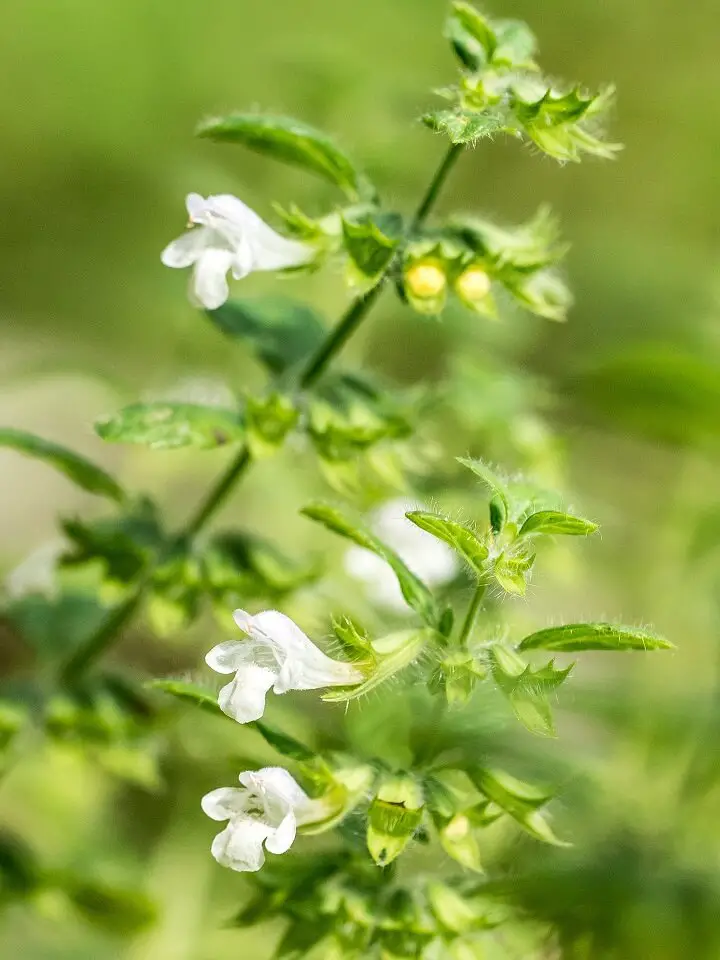
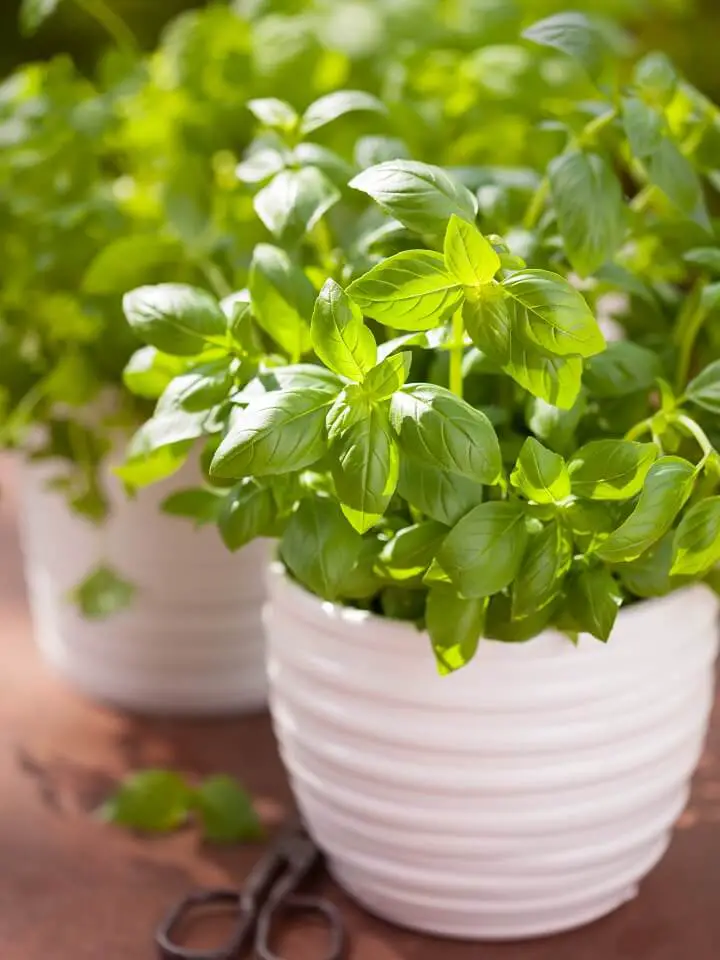
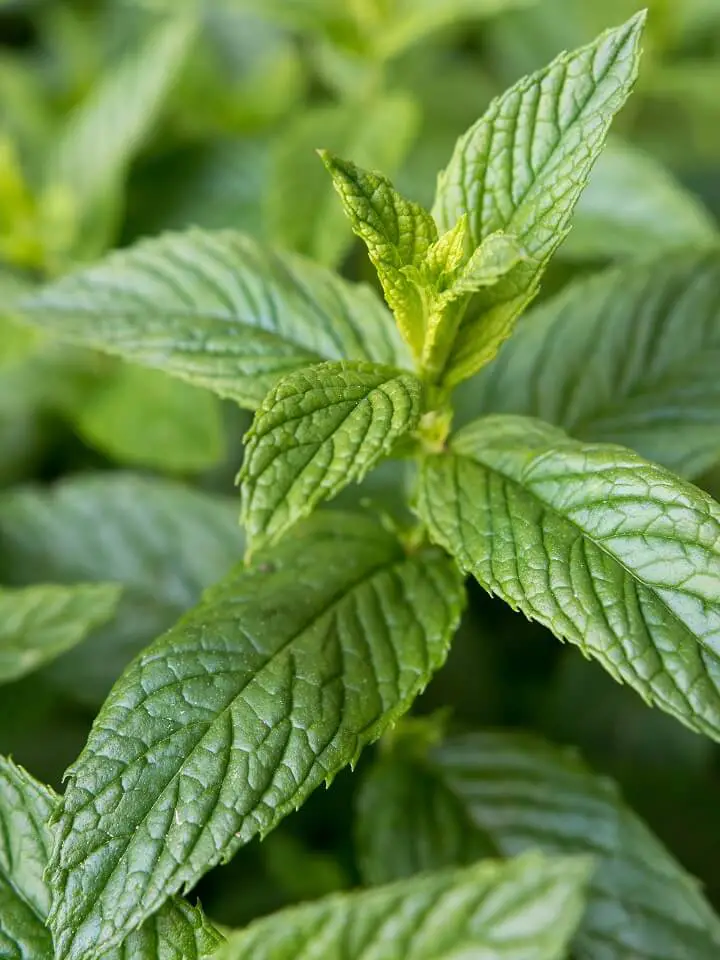
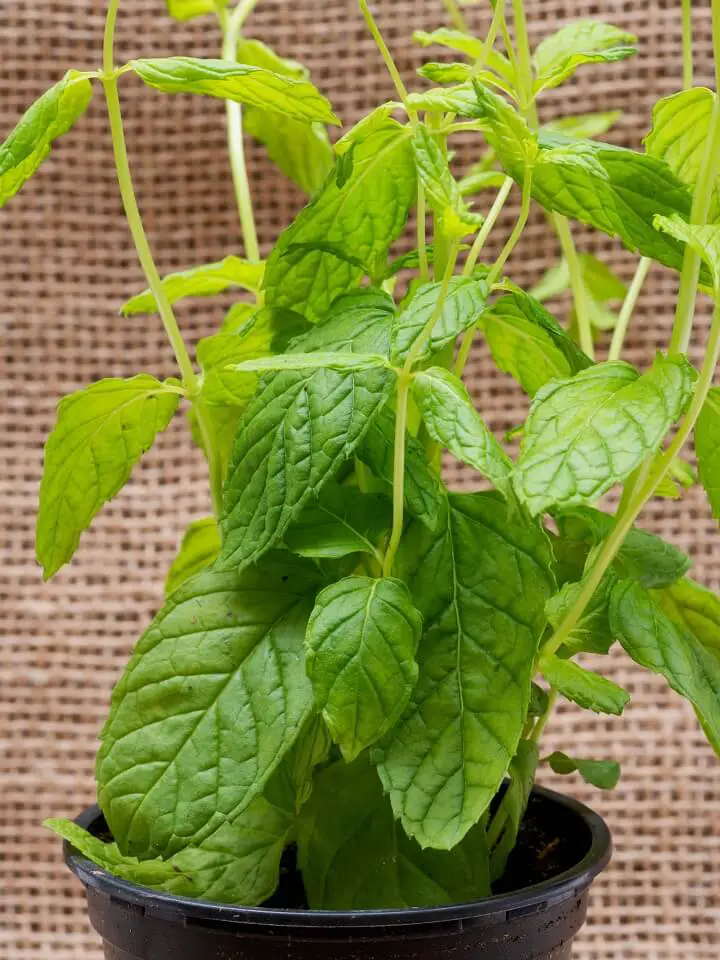
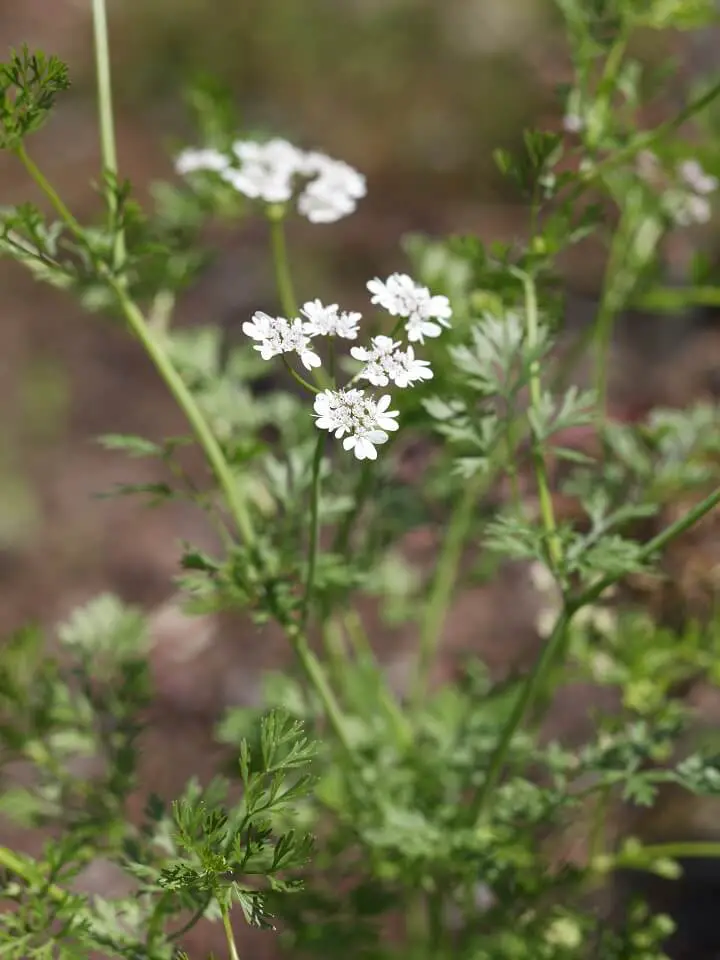
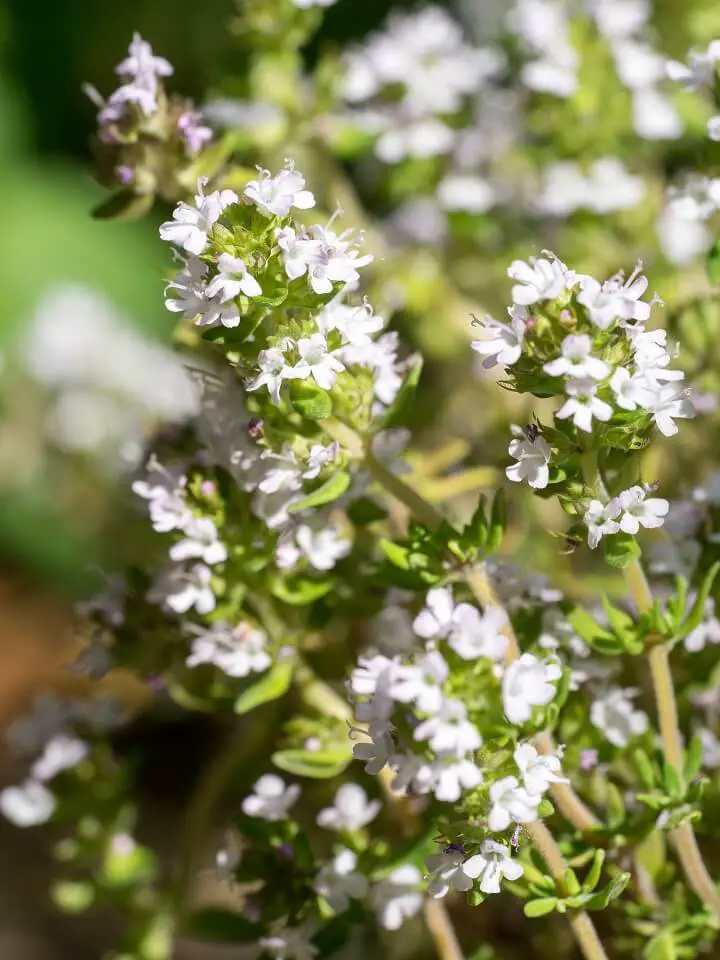

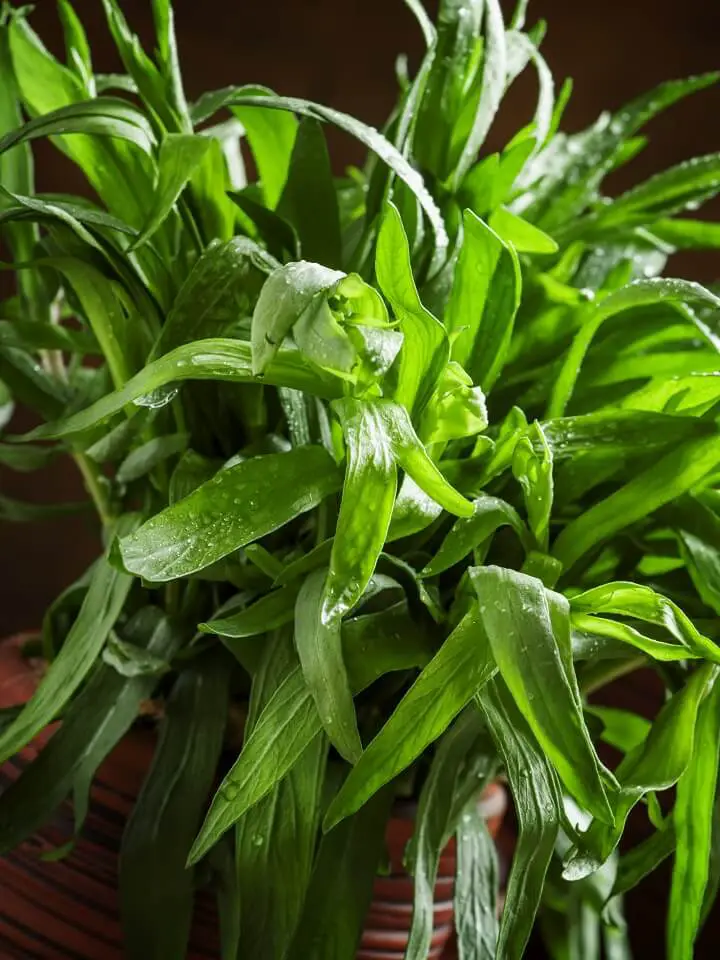
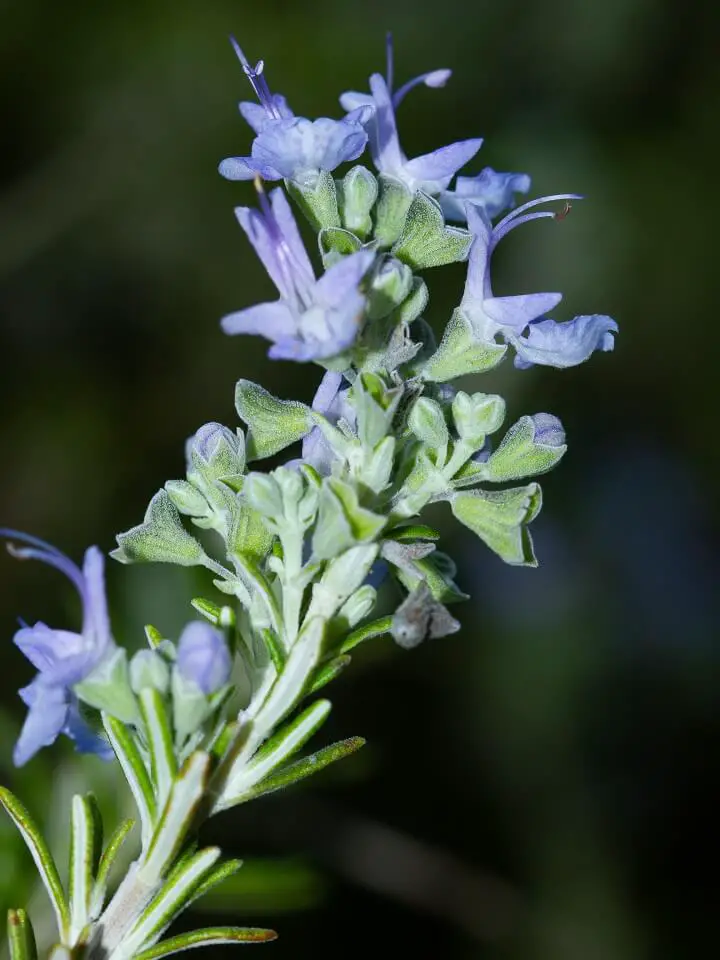

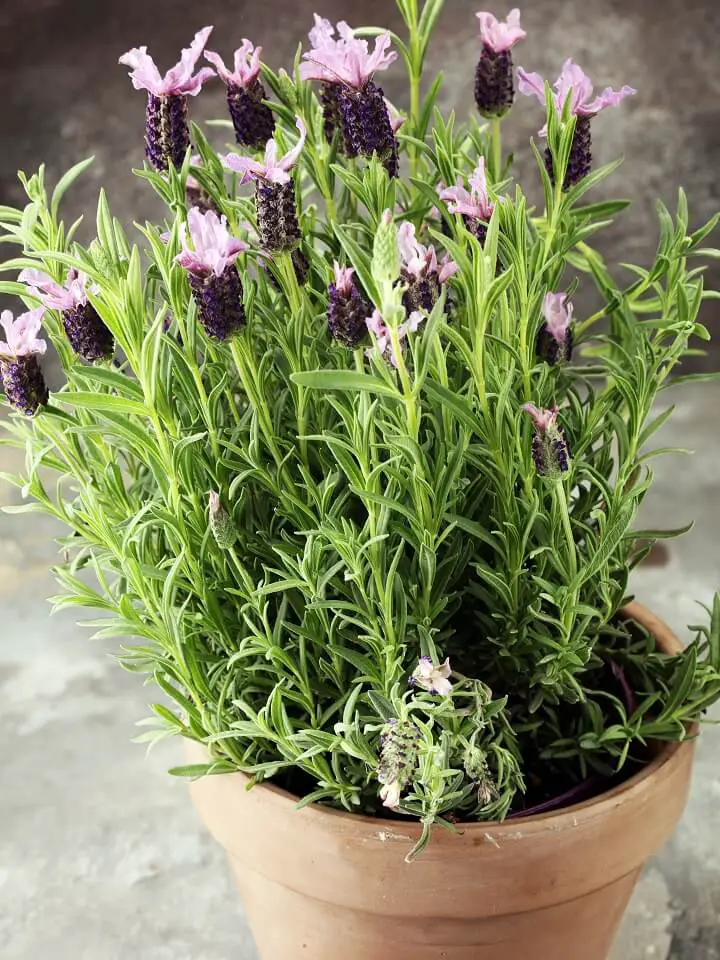



![Review of The Herbal Academy’s Advanced Course [Pros and Cons!] Review of The Herbal Academy’s Advanced Course [Pros and Cons!]](https://i0.wp.com/theworldofsurvival.com/wp-content/uploads/2021/08/Review-of-The-Herbal-Academys-Advanced-Course-Pros-and-Cons.jpg?resize=300%2C242&ssl=1 300w, https://i0.wp.com/theworldofsurvival.com/wp-content/uploads/2021/08/Review-of-The-Herbal-Academys-Advanced-Course-Pros-and-Cons.jpg?resize=1024%2C826&ssl=1 1024w, https://i0.wp.com/theworldofsurvival.com/wp-content/uploads/2021/08/Review-of-The-Herbal-Academys-Advanced-Course-Pros-and-Cons.jpg?resize=370%2C297&ssl=1 370w, https://i0.wp.com/theworldofsurvival.com/wp-content/uploads/2021/08/Review-of-The-Herbal-Academys-Advanced-Course-Pros-and-Cons.jpg?zoom=2&resize=370%2C297&ssl=1 740w, https://i0.wp.com/theworldofsurvival.com/wp-content/uploads/2021/08/Review-of-The-Herbal-Academys-Advanced-Course-Pros-and-Cons.jpg?zoom=3&resize=370%2C297&ssl=1 1110w)